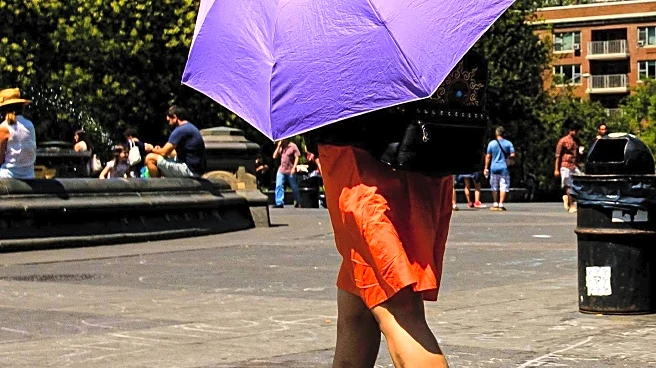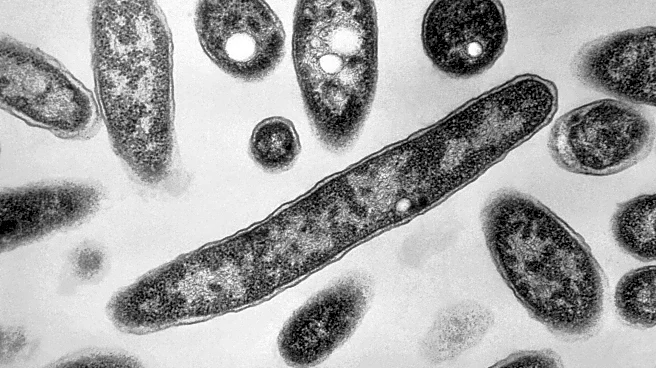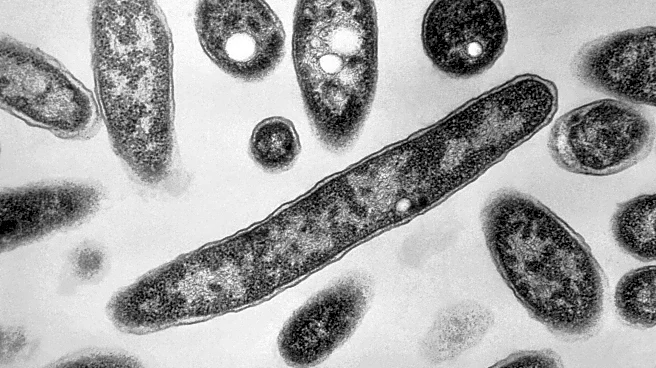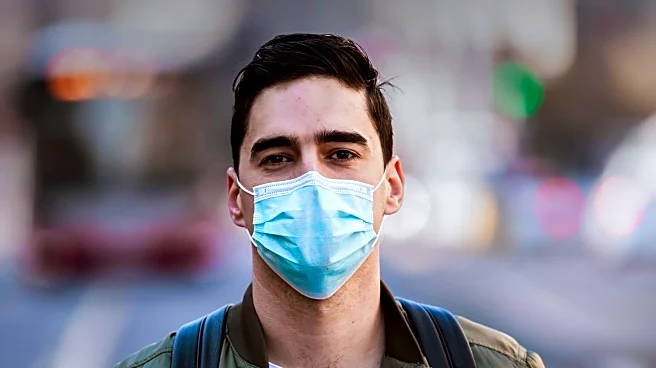What's Happening?
New York City health officials have declared the end of the Legionnaires' disease outbreak in Harlem, following the announcement of a seventh death linked to the outbreak. The outbreak, which began in late July, resulted in 114 reported cases and 90 hospitalizations. Six individuals remain hospitalized. The disease, a form of pneumonia caused by Legionella bacteria, spreads through building water systems. The NYC Health Department identified two cooling towers with a genetic match to patient specimens and has completed remediation efforts on 12 cooling towers across 10 buildings, including a city-run hospital and sexual health clinic. The last reported case was on August 9, marking the end of the cluster.
Why It's Important?
The conclusion of the Legionnaires' outbreak in Harlem is significant for public health and safety in New York City. The outbreak highlighted the importance of monitoring and maintaining building water systems to prevent the spread of Legionella bacteria. The identification and remediation of contaminated cooling towers are crucial steps in safeguarding residents and preventing future outbreaks. The incident underscores the need for ongoing vigilance and proactive measures by health officials and building owners to protect public health. The outbreak's resolution also provides relief to the affected community, although the loss of life remains a somber reminder of the disease's impact.
What's Next?
Following the outbreak, NYC health officials are collaborating with building owners to implement measures that ensure the health and safety of Harlem residents. These efforts aim to prevent future clusters of Legionnaires' disease. Residents and workers in the area are advised to seek medical attention if they experience flu-like symptoms. The health department's ongoing investigation and monitoring will continue to play a critical role in managing public health risks associated with Legionella bacteria.












